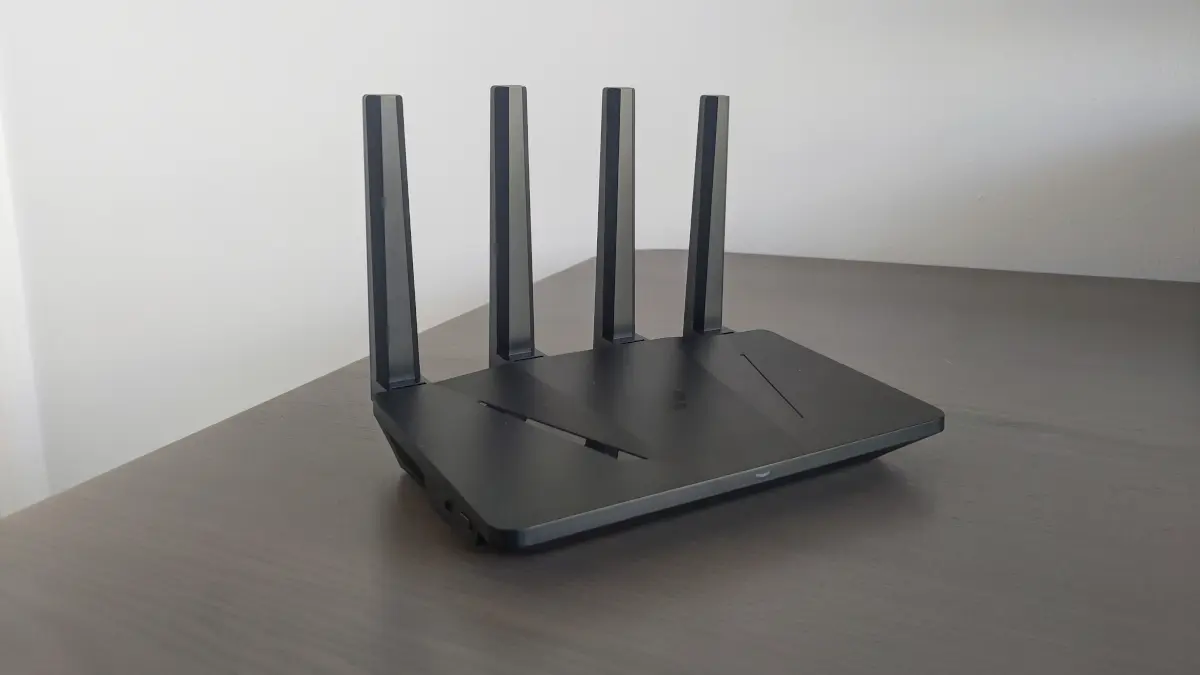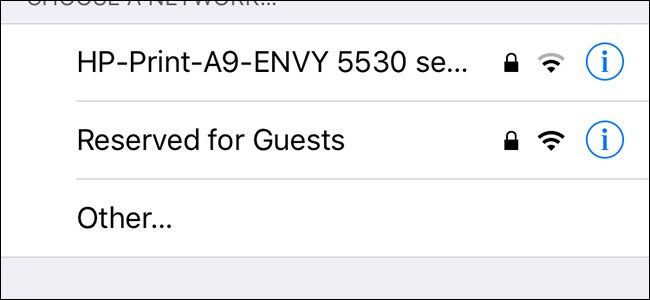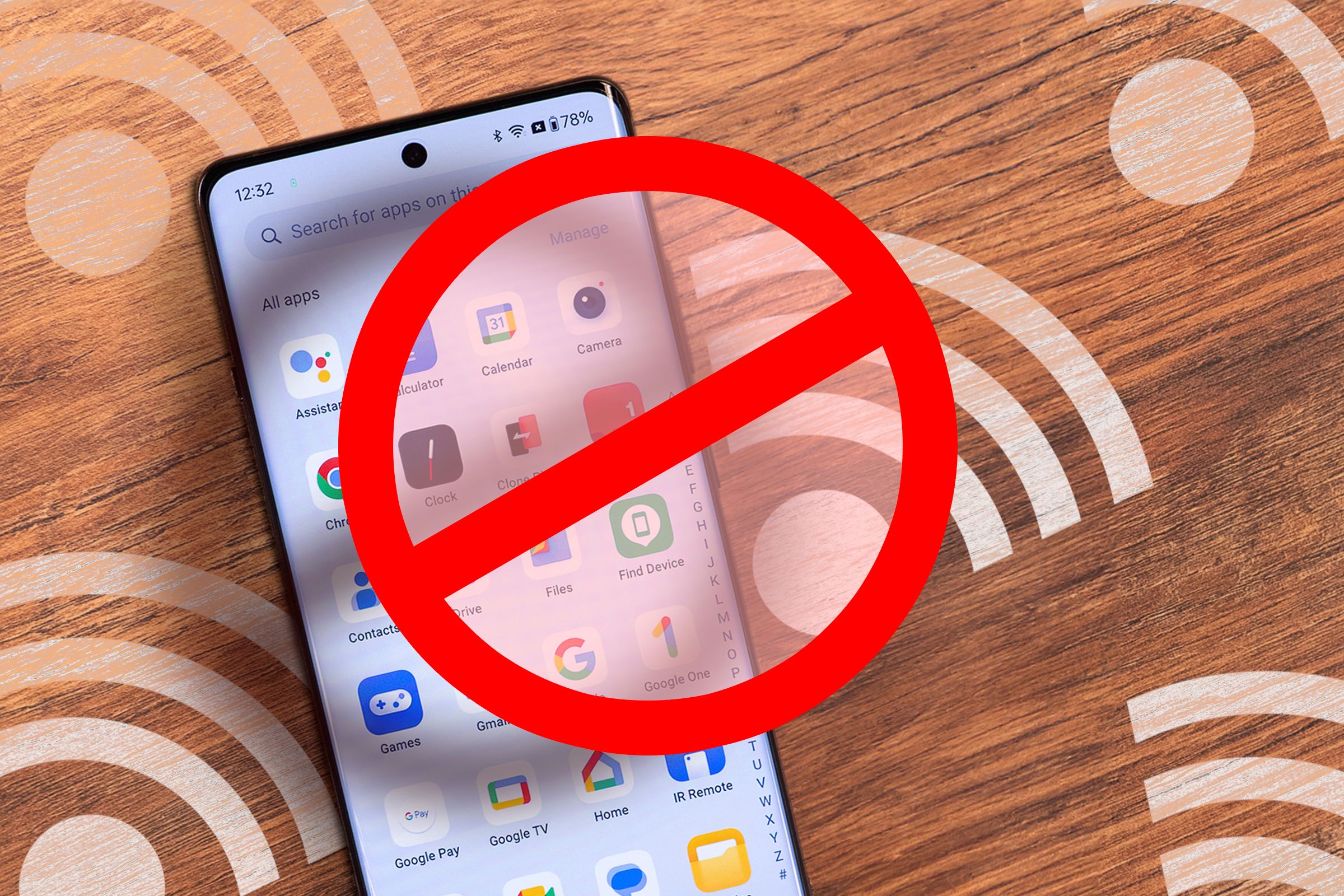What Is a Wi-Fi Guest Network, and Should You Use It?
Wi-Fi Routers
Key Takeaways
- Sharing main Wi-Fi poses security risks due to network vulnerability scanning by connected devices.
- Guest Wi-Fi provides a secure sandbox for guests, isolating them from the main network.
- Setting up guest Wi-Fi also helps protect against IoT vulnerabilities and maintains network security.
To keep your network safe, you should only allow trusted and secure devices to connect to it. However, when you have guests over or if you’re trying to get a less secure device online, giving them access to your main Wi-Fi might seem like the only option. That’s where guest Wi-Fi comes in. It lets you “sandbox” guest devices before they connect to the internet.
Sharing Your Main Wi-Fi Network Is Not Always Safe
When a device joins your Wi-Fi, it can scan and discover every other device on the network. A connected device can also check which ports are open and active. Penetration testers and hackers use this type of scan to find vulnerabilities in a network (exploitable ports and devices).
Obviously, your guests aren’t going to attack your home network, but you don’t know how secure their devices are. Malicious actors can hijack their devices to compromise your whole network. It can be a real risk considering downloading a single Javascript file (which might not set off any antivirus alarms) is enough to infect the entire network sometimes.
On that same note, if you have set up Network Attached Storage (NAS), basic file sharing on the local network, printers, security cameras, or smart home devices, sharing your Wi-Fi password exposes your entire setup. As a rule of thumb, you want to grant access to trusted devices, and only when it’s absolutely necessary. Doing so reduces your attack surface.
The bottom line is that sharing your Wi-Fi creates additional risk for you, which you can and should avoid.
What’s Guest Wi-Fi?
So we’ve decided we’re not going to share our Wi-Fi password with anyone. That said, when friends or relatives come over, the first thing they’re probably going to ask is the Wi-Fi password. For them, we can create a sandboxed network (separated from the main home network) with its own SSID. You can toggle it on when you have people over, and turn it off when they leave.
A lot of modern routers have dedicated “Guest Network” tabs. But any routers with Virtual Local Network (VLAN) support let you create “guest” Wi-Fi. Once it’s set up, you can give out the password to the guest SSID instead of your main network.
What Can a Guest Wi-Fi Do?
Once you’ve set up Guest Wi-Fi according to the instructions for your particular router, you may wonder what you can do with your new toy. Let’s look at the best features one-by-one.
Securely Share the Internet With Guests
Most routers will enable “access point isolation” for guest networks by default. Some let you toggle it manually. You want to keep it enabled to make sure the guest devices stay locked out of the main network.
People connected to the guest SSID can go online and browse the internet as usual, but their device is isolated from the main network. That way they can’t mess with your thermostat, TV, or music systems. And if their devices are infected or vulnerable, they won’t pose a threat to your network.
Block Specific Apps and Websites, Set Up Filters
Some routers even let you decide how much bandwidth your guests can use or the kind of content they can access online. You can block off access to BitTorrent and other kinds of P2P sharing to avoid legal troubles with your provider.
Sandbox Untrusted Devices
A single vulnerable wireless security camera can be enough to compromise an entire network. It’s pretty common for IoT (Internet of Things) products to stop getting security updates and patches after a specific time. Unless you upgrade the hardware, these unsupported devices can expose your network. Sometimes IoT devices just have really weak security like easy passwords which can be brute forced and guessed or lack any encryption.
The best thing to do is to keep all these devices off the main network. Instead of connecting them to the main Wi-Fi, you can connect them to a sandboxed guest network to limit their access. It doesn’t make the IoT devices more secure, but it keeps them functional with minimal privileges.
With that, you can see how a guest Wi-Fi setup can help keep your network secure and keep your guests happy.


















